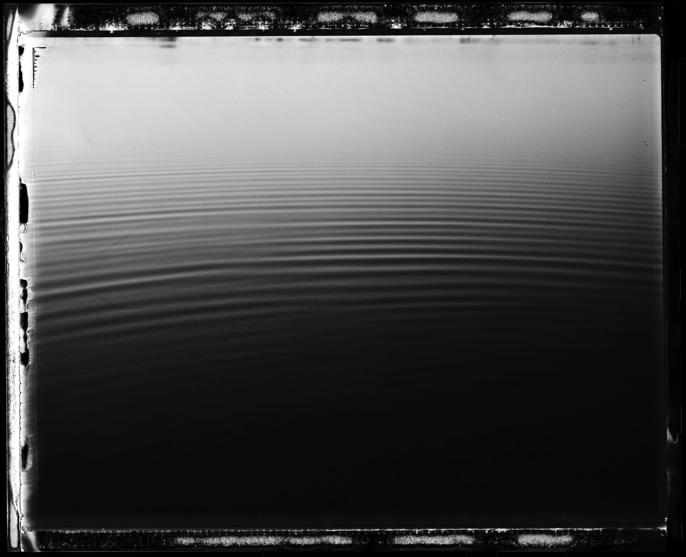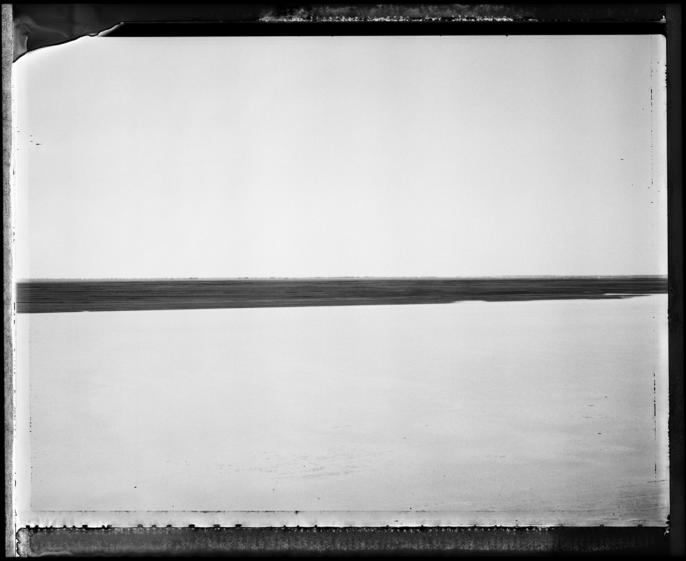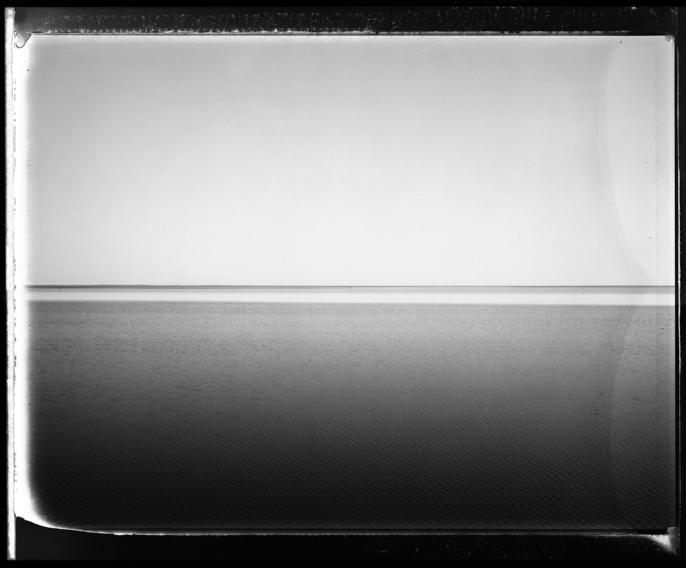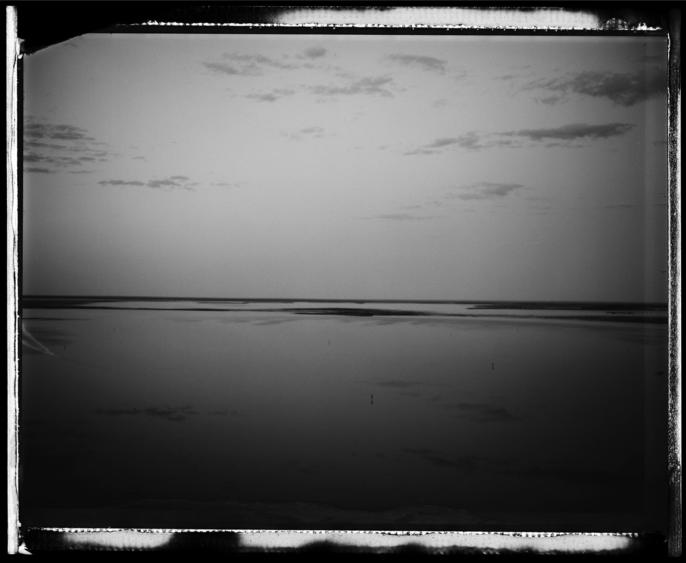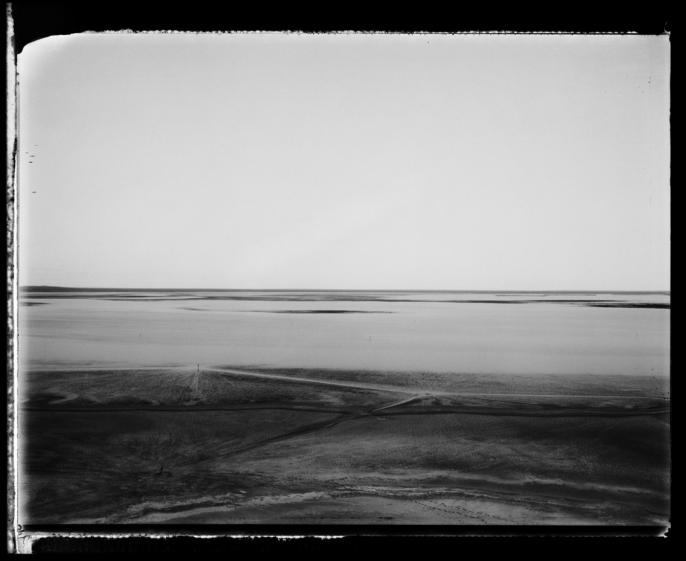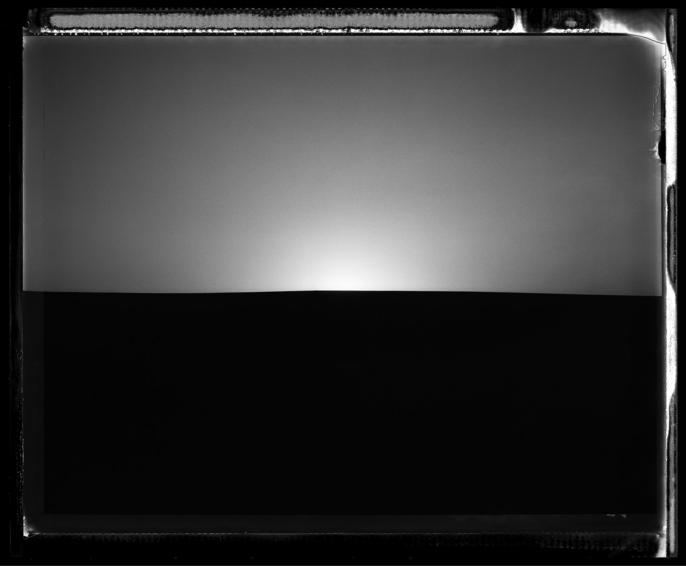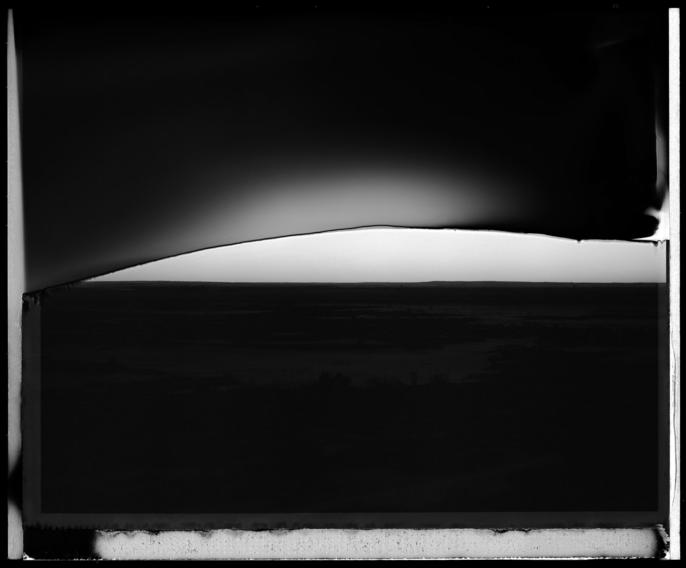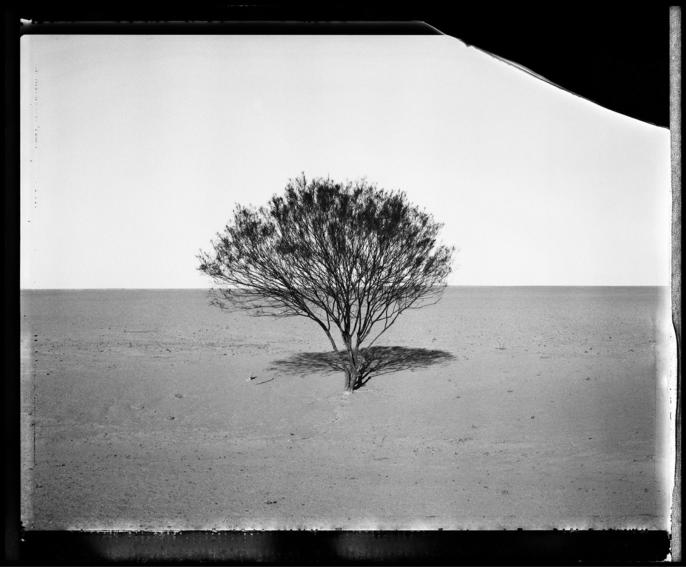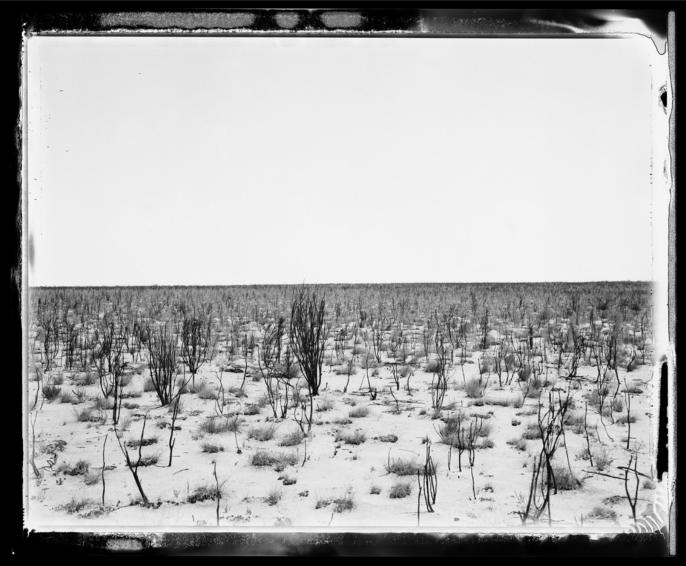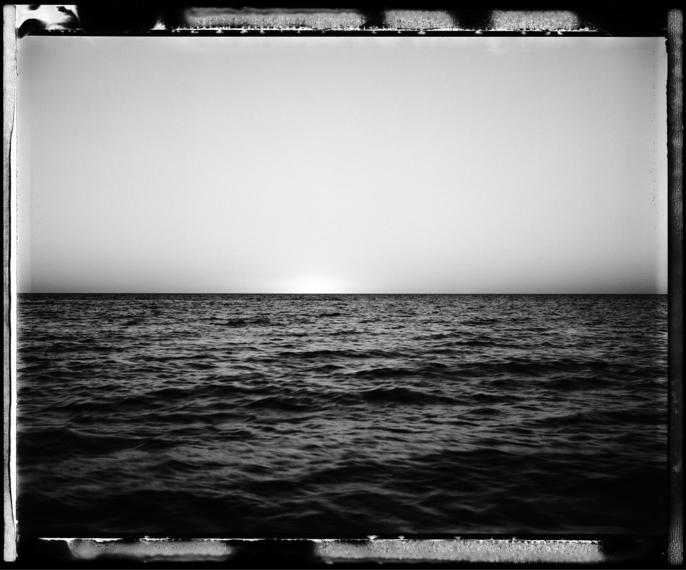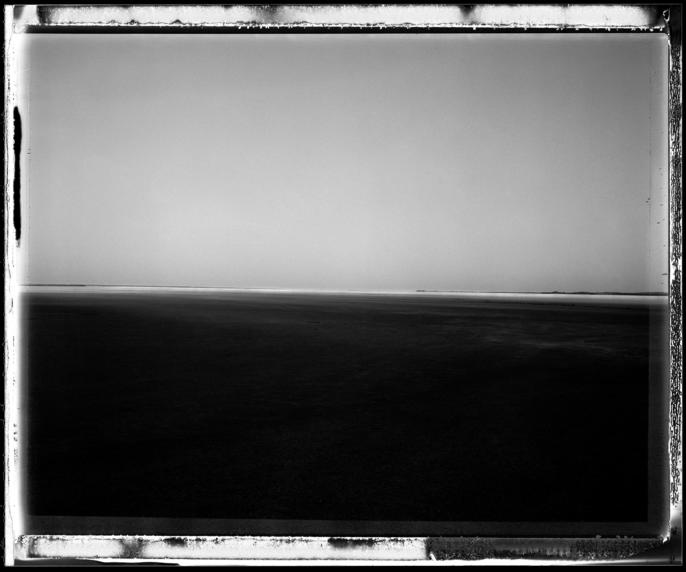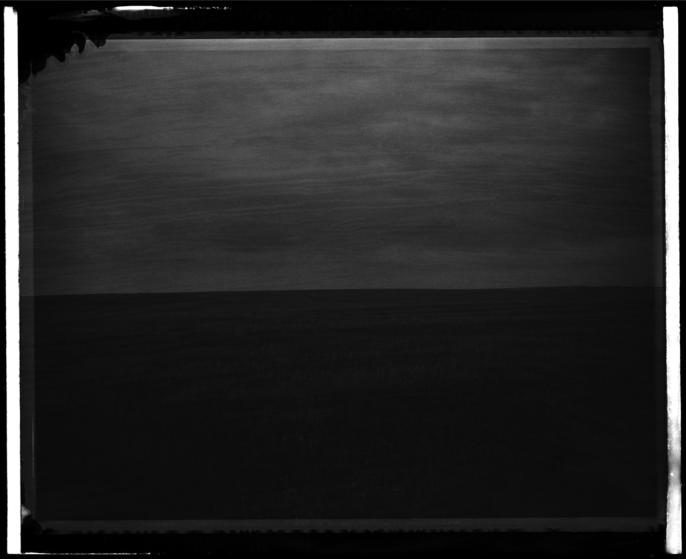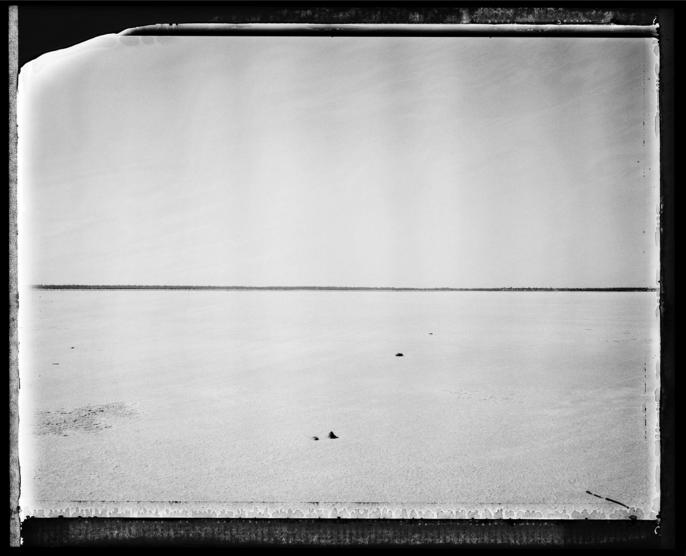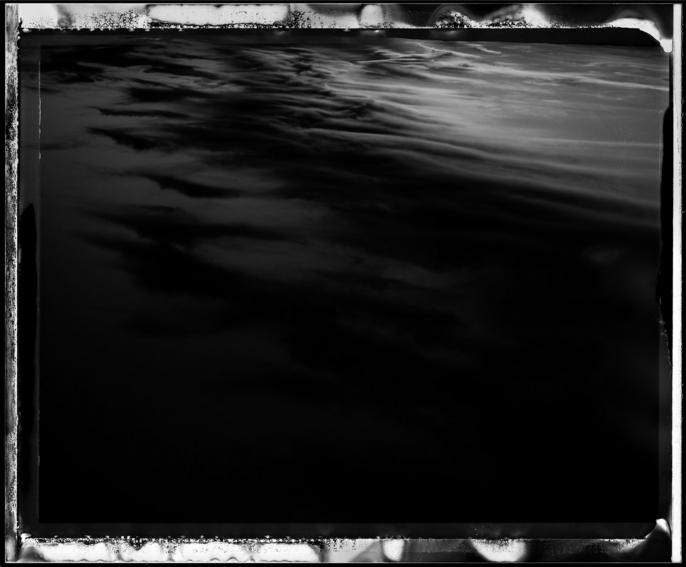








The magazine of the art-form of the photo-essay
“A free, really high quality photo-essay magazine. Fabulous!”
Stephen Fry. British actor, writer and film & documentary maker

Dec 2015 back issue


by Patrick Brown

Hope, is a conceptually project about the vulnerability of human existence on the planet. The ambition is to
photograph environments that are very difficult for humans to exist in, places that are beautiful in its starkness. These
environments are where hope and optimism is inextricably joined to doubt and uncertainty. Also, it is the lack of
human evidence in these images, that emphasizes the vulnerability of humans on the planet.
Hope was photographed with 665 Polaroid film, which itself is becoming extinct, the film is a major part of the project,
because it’s impossible to shoot the same frame twice, even ones own action of pulling the film from the film
magazine - it might work or might not, Hope is even in the action of processing the film.
The Ancient Greeks associated the word Hope with evil and malevolence, because of its association with the allegory
of Pandora. When the box was opened, all manner of evils were released to beset humanity; the only thing which
remained captive in the box was hope. I found myself drawn to an essence of duality inherent in its meaning. The
existence of the word “Hope” can only coincide with the word “Doubt”. The simple act of saying I’m hoping to meet my
friend this evening, also implies doubt about it will happen. I started to see hope and doubt as Yin and Yang. These
two opposing elements, the contrast of good and evil, right and wrong fascinated me. And yet life isn’t simply a string
of rights and wrongs, it is not simply black and white; merely life sits in the grey area between these two as the
infinite/finite horizon line of life.
The vast open space of the Western Australian landscape is for me the place where “hope” and “doubt” collide. A
landscape that has been abandoned by mankind, yet however deserted its space has details, it has emotions, it has
life. Most of my previous work to date retains elements of human interaction, presence, emotional implications and
overtones. Yet it was the lack of human evidence in my “hope” work that heightens its inherent sense of raw human
emotion, and thus hope. Without emotions there can be no progress, no drive, and no ambition. We strive to survive
through hope, and maybe a lack of hope leaves the door ajar for doubt to creep in. Maybe it is this fine balance
between the two that shapes our destinies and gives us the strength to build on despair and joy in equal measure.
